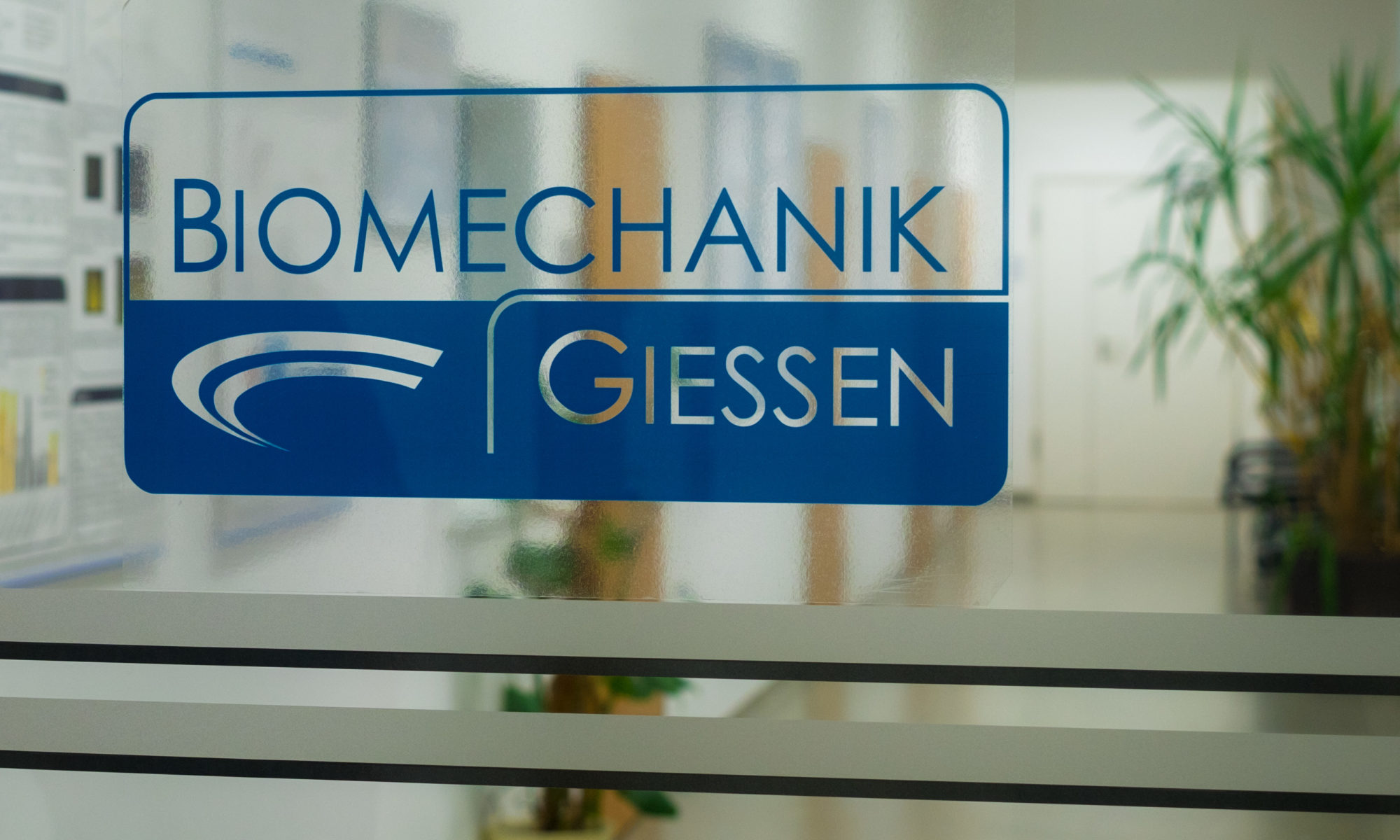2016
Effect of thermodisinfection on mechanic parameters of cancellous bone
Fölsch C 1, Kellotat A 2, Rickert M 3, Ishaque B 3, Ahmed G 3, Pruss A 4, Jahnke A. 2
Cell Tissue Bank. 2016 Sep;17(3):427-37. doi: 10.1007/s10561-016-9567-4
Epub 2016 Jun 25. PMID: 27344440
- Department of Orthopaedic Surgery, Justus-Liebig-University Medical School, Justus-Liebig-University Giessen, Klinikstrasse 33, 35392, Giessen, Germany. christian.foelsch@t-online.de.
- Laboratory of Biomechanics, Department of Orthopaedic Surgery, Justus-Liebig-University Medical School, Justus-Liebig-University Giessen, Paul-Meimberg-Strasse 3, 35392, Giessen, Germany.
- Department of Orthopaedic Surgery, Justus-Liebig-University Medical School, Justus-Liebig-University Giessen, Klinikstrasse 33, 35392, Giessen, Germany.
- University Tissue Bank, Institute of Transfusion Medicine, Charité University Medical School, Charitéplatz 1, 10117, Berlin, Germany.
Abstract:
Revision surgery of joint replacements is increasing and raises the demand for allograft bone since restoration of bone stock is crucial for longevity of implants. Proceedings of bone grafts influence the biological and mechanic properties differently. This study examines the effect of thermodisinfection on mechanic properties of cancellous bone. Bone cylinders from both femoral heads with length 45 mm were taken from twenty-three 6-8 months-old piglets, thermodisinfected at 82.5 °C according to bone bank guidelines and control remained native. The specimens were stored at -20 °C immediately and were put into 21 °C Ringer’s solution for 3 h before testing. Shear and pressure modulus were tested since three point bending force was examined until destruction. Statistical analysis was done with non-parametric Wilcoxon, t test and SPSS since p < 0.05 was significant. Shear modulus was significantly reduced by thermodisinfection to 1.02 ± 0.31 GPa from 1.28 ± 0.68 GPa for unprocessed cancellous bone (p = 0.029) since thermodisinfection reduced pressure modulus not significantly from 6.30 ± 4.72 GPa for native specimens to 4.97 ± 2.23 GPa and maximum bending force was 270.03 ± 116.68 N for native and 228.80 ± 70.49 N for thermodisinfected cancellous bone. Shear and pressure modulus were reduced by thermodisinfection around 20 % and maximum bending force was impaired by about 15 % compared with native cancellous bone since only the reduction of shear modulus reached significance. The results suggest that thermodisinfection similarly affects different mechanic properties of cancellous bone and the reduction of mechanic properties should not relevantly impair clinical use of thermodisinfected cancellous bone.
KEYWORDS:
Allograft bone; Bone bank; Mechanic properties; Thermodisinfection
PMID: 27344440
DOI: 10.1007/s10561-016-9567-4
